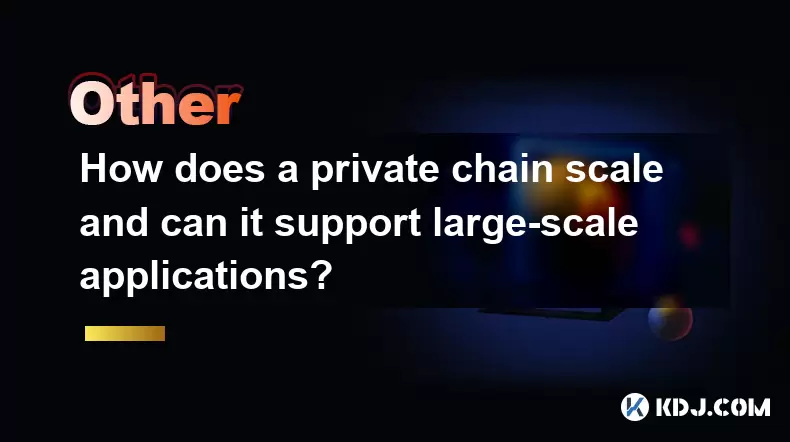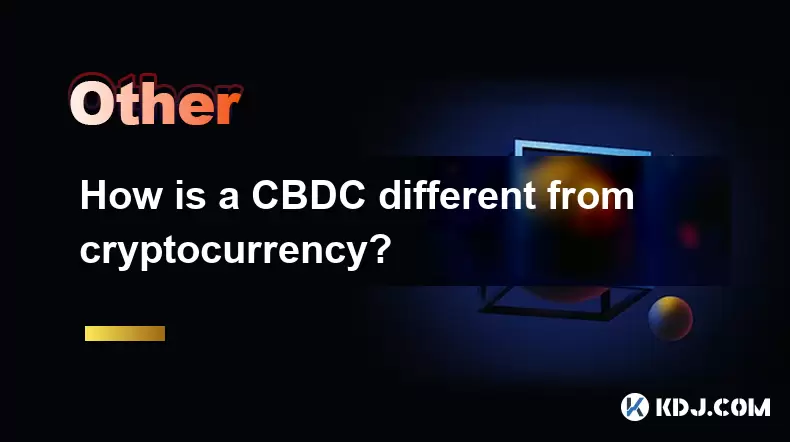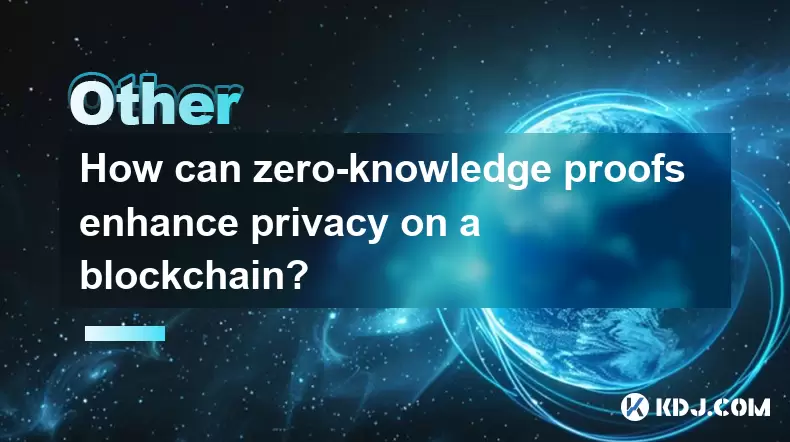-
 Bitcoin
Bitcoin $118900
-2.35% -
 Ethereum
Ethereum $4632
-2.72% -
 XRP
XRP $3.109
-3.96% -
 Tether USDt
Tether USDt $1.001
0.04% -
 BNB
BNB $849.9
-1.82% -
 Solana
Solana $195.6
-4.49% -
 USDC
USDC $0.9999
0.03% -
 Dogecoin
Dogecoin $0.2307
-4.65% -
 TRON
TRON $0.3588
-2.41% -
 Cardano
Cardano $0.9448
-4.09% -
 Hyperliquid
Hyperliquid $48.52
3.63% -
 Chainlink
Chainlink $22.41
-5.29% -
 Sui
Sui $3.848
-3.16% -
 Stellar
Stellar $0.4276
-4.33% -
 Bitcoin Cash
Bitcoin Cash $594.9
-2.14% -
 Ethena USDe
Ethena USDe $1.001
0.07% -
 Hedera
Hedera $0.2547
-5.06% -
 Avalanche
Avalanche $25.02
-0.86% -
 Litecoin
Litecoin $121.1
-5.47% -
 UNUS SED LEO
UNUS SED LEO $9.645
3.95% -
 Toncoin
Toncoin $3.460
-2.78% -
 Shiba Inu
Shiba Inu $0.00001300
-5.26% -
 Uniswap
Uniswap $11.00
-4.85% -
 Polkadot
Polkadot $4.013
-4.90% -
 Dai
Dai $1.000
0.02% -
 Bitget Token
Bitget Token $4.670
-2.13% -
 Cronos
Cronos $0.1553
-5.42% -
 Ethena
Ethena $0.7282
-0.16% -
 Aave
Aave $312.1
-4.63% -
 Pepe
Pepe $0.00001111
-7.17%
How does a private chain scale and can it support large-scale applications?
Private chains offer scalability through efficient consensus mechanisms like PBFT and Raft, and can support large-scale applications in finance and supply chain management.
May 15, 2025 at 03:00 pm

Introduction to Private Chains
Private chains, also known as permissioned blockchains, are networks where access is restricted to a specific group of users. Unlike public blockchains, which are open to anyone, private chains offer more control over who can participate and what transactions can be processed. This controlled environment makes private chains an attractive option for businesses and organizations looking to leverage blockchain technology for their internal processes. However, a common question that arises is how well these private chains can scale and whether they can support large-scale applications.
Understanding Scalability in Private Chains
Scalability in the context of private chains refers to the ability of the network to handle an increasing number of transactions and participants without compromising performance. The scalability of a private chain is influenced by several factors, including the consensus mechanism, network architecture, and the underlying technology stack. Private chains often use more efficient consensus mechanisms than public chains, such as Practical Byzantine Fault Tolerance (PBFT) or Raft, which can process transactions more quickly and with less computational overhead.
Consensus Mechanisms and Scalability
The choice of consensus mechanism plays a crucial role in the scalability of a private chain. For instance, PBFT allows for faster transaction processing by requiring only a subset of nodes to agree on the validity of a transaction, rather than the entire network. This can significantly reduce the time needed to confirm transactions, making it suitable for applications that require high throughput. Similarly, the Raft consensus mechanism, which is used in some private chains, provides better performance and scalability by simplifying the process of electing a leader node to manage the transaction validation process.
Network Architecture and Scalability
The network architecture of a private chain also impacts its scalability. Private chains can be designed with a hierarchical structure, where different nodes have different roles and responsibilities. This can help distribute the workload more evenly across the network, improving overall performance. Additionally, private chains can implement sharding, a technique that divides the network into smaller, more manageable pieces called shards. Each shard can process transactions independently, allowing the network to handle a larger volume of transactions in parallel.
Technology Stack and Performance
The technology stack used in a private chain can also affect its scalability. Many private chains are built on existing blockchain platforms like Hyperledger Fabric or Corda, which are designed with enterprise scalability in mind. These platforms offer features such as modular architecture, which allows organizations to customize the network to meet their specific needs, and support for multiple programming languages, which can help developers build more efficient and scalable applications.
Supporting Large-Scale Applications
When it comes to supporting large-scale applications, private chains have several advantages. Because they are controlled environments, private chains can be optimized for specific use cases, such as supply chain management, financial services, or healthcare. This targeted approach allows organizations to design their private chain to handle the specific demands of their application, ensuring that it can scale as needed.
For example, in a supply chain management application, a private chain can be configured to handle a high volume of transactions related to tracking goods from manufacturer to consumer. By using efficient consensus mechanisms and implementing sharding, the private chain can process these transactions quickly and reliably, even as the number of participants and transactions grows.
Similarly, in the financial services sector, a private chain can be used to settle transactions between banks or other financial institutions. By leveraging the scalability features of the private chain, such as optimized consensus mechanisms and hierarchical network structures, these institutions can process a large number of transactions per second, ensuring that their operations run smoothly and efficiently.
Implementing Scalability in Private Chains
To implement scalability in a private chain, organizations need to consider several key steps:
- Choose the right consensus mechanism: Select a consensus mechanism that aligns with the specific needs of the application. For high-throughput applications, consider using PBFT or Raft.
- Design a scalable network architecture: Implement a hierarchical structure or use sharding to distribute the workload across the network.
- Optimize the technology stack: Use a blockchain platform that supports scalability, such as Hyperledger Fabric or Corda, and leverage its features to customize the network.
- Monitor and adjust: Continuously monitor the performance of the private chain and make adjustments as needed to ensure that it can handle increasing demand.
By following these steps, organizations can build private chains that are capable of supporting large-scale applications and scaling as their needs evolve.
Frequently Asked Questions
Q: Can private chains be integrated with public blockchains for enhanced scalability?
A: Yes, private chains can be integrated with public blockchains to leverage the strengths of both. For example, a private chain can handle internal transactions within an organization, while a public blockchain can be used for external transactions or to provide a transparent record of certain activities. This hybrid approach can enhance overall scalability by distributing the workload across both networks.
Q: Are there any specific industries where private chains have been particularly successful in scaling?
A: Private chains have been particularly successful in scaling within the financial services and supply chain management industries. In financial services, private chains are used for interbank settlements and trade finance, where they can handle high transaction volumes efficiently. In supply chain management, private chains are used to track goods and ensure transparency, scaling well to handle the large number of transactions involved.
Q: What are the potential limitations of scalability in private chains?
A: While private chains offer many advantages in terms of scalability, there are potential limitations to consider. One limitation is the need for centralized control, which can become a bottleneck as the network grows. Additionally, the cost of maintaining and upgrading the infrastructure to support a large-scale private chain can be significant. Finally, the complexity of managing a scalable private chain may require specialized skills and resources, which not all organizations may have access to.
Disclaimer:info@kdj.com
The information provided is not trading advice. kdj.com does not assume any responsibility for any investments made based on the information provided in this article. Cryptocurrencies are highly volatile and it is highly recommended that you invest with caution after thorough research!
If you believe that the content used on this website infringes your copyright, please contact us immediately (info@kdj.com) and we will delete it promptly.
- Kazakhstan's Crypto Leap: Bitcoin ETF and Central Asia's Digital Finance Future
- 2025-08-13 12:45:19
- BlockDAG Presale Blazes Past $371M: Fundraising Frenzy Fuels Crypto Sensation
- 2025-08-13 13:05:21
- Meme Coins: Chasing the 2025 Surge – Which Will Moonshot?
- 2025-08-13 10:25:23
- Bitcoin's Wild Ride: Rally, Pullback, and What's Next
- 2025-08-13 10:25:23
- Bitcoin, Bitmax, and Institutional Demand: A New Era of Crypto Investment
- 2025-08-13 10:45:12
- Solana, ROAM, and Airdrops: What's the Buzz in 2025?
- 2025-08-13 11:35:13
Related knowledge

How does blockchain enable Web3?
Aug 13,2025 at 11:35am
Understanding the Role of Blockchain in Web3 InfrastructureBlockchain serves as the foundational layer upon which Web3 is built, enabling a decentrali...

How is a CBDC different from cryptocurrency?
Aug 12,2025 at 09:21am
Understanding the Core Nature of CBDCsA Central Bank Digital Currency (CBDC) is a digital form of a country’s sovereign currency, issued and regulated...

What is a CBDC (Central Bank Digital Currency)?
Aug 13,2025 at 11:36am
Understanding the Concept of a Central Bank Digital CurrencyA CBDC (Central Bank Digital Currency) is a digital form of a country’s fiat currency that...

How can zero-knowledge proofs enhance privacy on a blockchain?
Aug 12,2025 at 02:15am
Understanding Zero-Knowledge Proofs in Blockchain ContextZero-knowledge proofs (ZKPs) are cryptographic protocols that allow one party (the prover) to...

How does blockchain governance work?
Aug 13,2025 at 11:35am
Understanding Blockchain GovernanceBlockchain governance refers to the mechanisms and processes through which decisions are made about the development...

What is on-chain vs. off-chain data?
Aug 13,2025 at 11:35am
Understanding On-Chain Data in CryptocurrencyOn-chain data refers to all information that is permanently recorded and stored directly on a blockchain....

How does blockchain enable Web3?
Aug 13,2025 at 11:35am
Understanding the Role of Blockchain in Web3 InfrastructureBlockchain serves as the foundational layer upon which Web3 is built, enabling a decentrali...

How is a CBDC different from cryptocurrency?
Aug 12,2025 at 09:21am
Understanding the Core Nature of CBDCsA Central Bank Digital Currency (CBDC) is a digital form of a country’s sovereign currency, issued and regulated...

What is a CBDC (Central Bank Digital Currency)?
Aug 13,2025 at 11:36am
Understanding the Concept of a Central Bank Digital CurrencyA CBDC (Central Bank Digital Currency) is a digital form of a country’s fiat currency that...

How can zero-knowledge proofs enhance privacy on a blockchain?
Aug 12,2025 at 02:15am
Understanding Zero-Knowledge Proofs in Blockchain ContextZero-knowledge proofs (ZKPs) are cryptographic protocols that allow one party (the prover) to...

How does blockchain governance work?
Aug 13,2025 at 11:35am
Understanding Blockchain GovernanceBlockchain governance refers to the mechanisms and processes through which decisions are made about the development...

What is on-chain vs. off-chain data?
Aug 13,2025 at 11:35am
Understanding On-Chain Data in CryptocurrencyOn-chain data refers to all information that is permanently recorded and stored directly on a blockchain....
See all articles

























































































